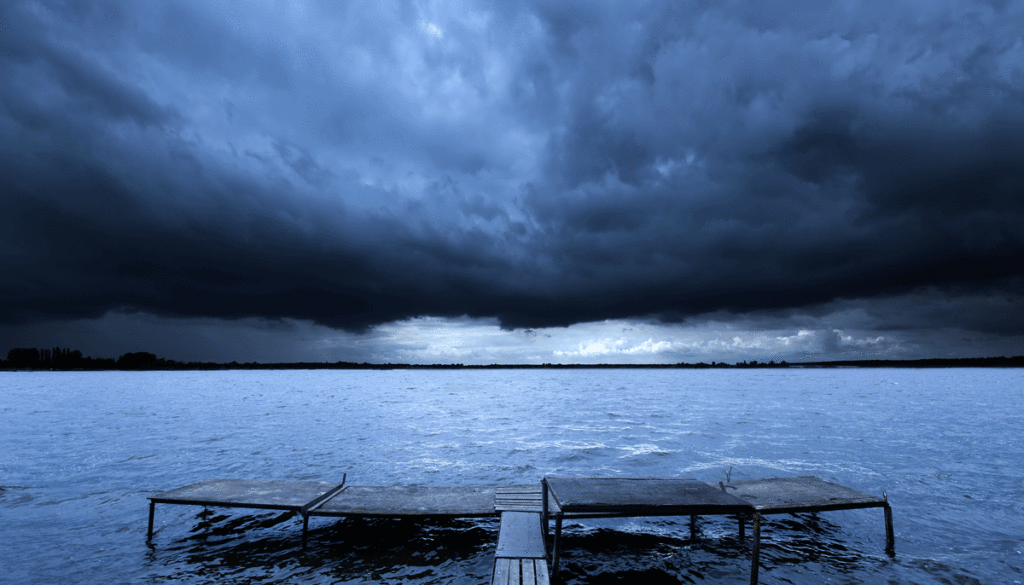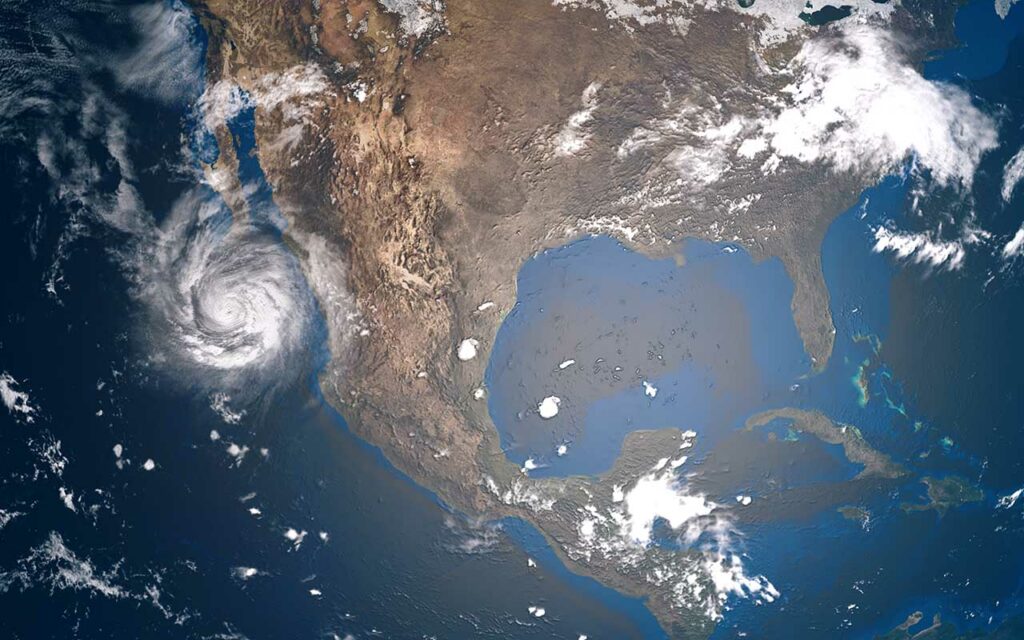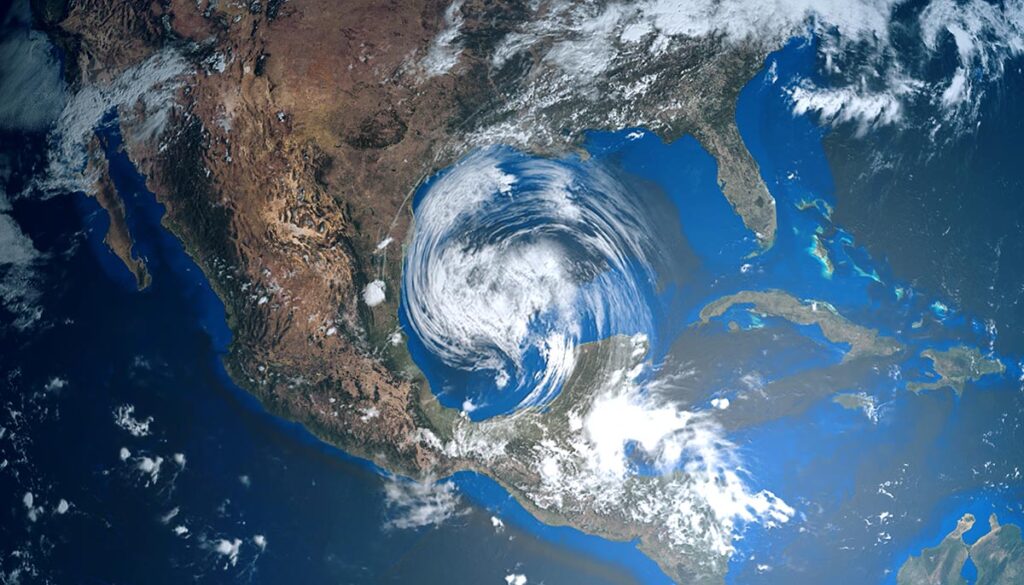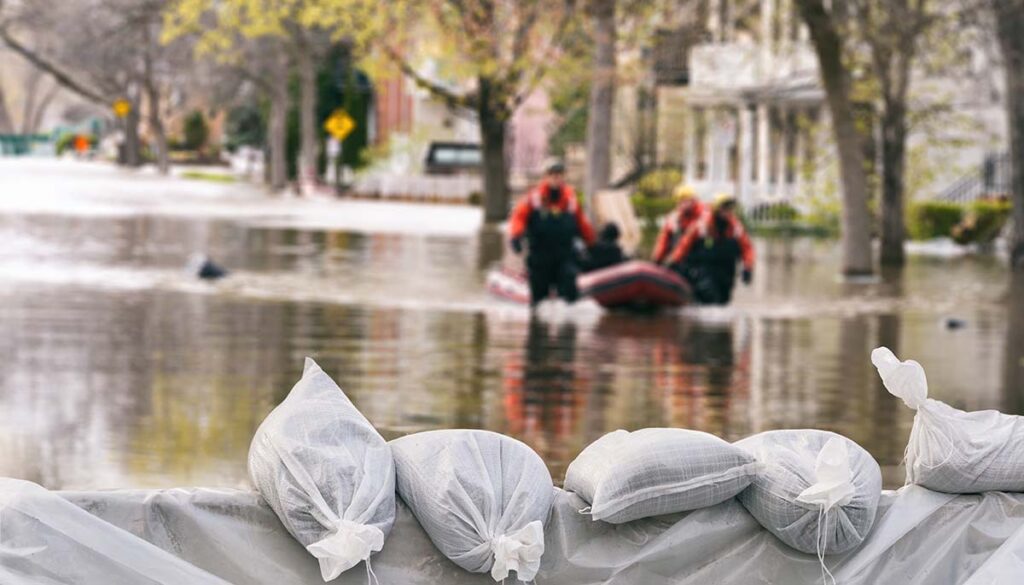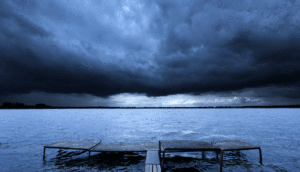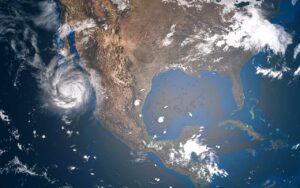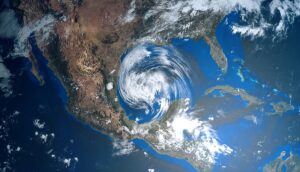Scientists are warning the world is “woefully unprepared” for a massive volcanic eruption. They claim there is a one is six–or greater–the probability of such a world-altering catastrophe occurring this century. What could be done to reduce our risks?
Incredibly high odds of massive volcanic eruption
Grim news: A new study suggests a greater than one in six probability of a massive volcanic eruption with a magnitude of 7 (10 or 100 times larger than Tonga) occurring in this century.
Scientists analyzed ice cores from both poles in 2021, identifying the signatures of 1,113 eruptions in Greenland’s ice and 737 in Antarctica, all occurring between 60,000 and 9,000 years ago.
Within these events, they found 97 that likely created a climatic impact equivalent to that of a magnitude 7 or greater eruption. This equated to magnitude seven eruptions occurring once every 625 years and magnitude 8 (super-eruptions) occurring roughly once every 14,300 years.
This new discovery suggests there are more frequent eruption events than previous assessments found using geological records and statistical techniques, which had magnitude seven eruptions occurring every 1,200 years. The new data suggests magnitude seven eruptions occur roughly twice as often.
Considering that the last magnitude seven event was in Tambora, Indonesia, in 1815, scientists believe the next one is due within this century.
World is “woefully unprepared” despite ‘wake-up call’
Scientists say that, currently, the world is “woefully unprepared” to deal with a cataclysmic-level volcano. They say the aftermath of the enormous eruption of the Hunga Tonga–Hunga Ha‘apai volcano this past January in Tonga, in the south Pacific Ocean, should be a wake-up call, Nature reported.
The Tonga eruption was the largest since 1991, when Mount Pinatubo in the Philippines marked the biggest explosion ever recorded by instruments.
Scientists equate the Tonga eruption with that of an asteroid nearly hitting the Earth, urging that we need to start preparing now.
Researchers argue that much could be done to reduce the risks associated with a massive volcanic eruption, yet more funding is being allocated toward low-probability scenarios such as asteroid collisions, Science Daily reported.
Researchers say more funding is needed to improve monitoring in order to pinpoint risks more accurately. Experts say only 27% of the eruptions that have occurred since 1950 had seismometers anywhere near them, and only a third of that data has been fed into a global database for other researchers to study. Scientists say more research needs to be expanded into marine and lake cores, particularly in neglected regions such as Southeast Asia. Volcanologists also want to see dedicated volcano-monitoring satellites.
With more resources being directed at asteroids, volcanologists say the underinvestment in studying and monitoring volcanoes is “simply reckless.”
Effects would be world-altering
The volcanic eruption at Tonga lasted for 11 hours… then stopped. Michael Cassidy, associate professor of volcanology at the University of Birmingham, and Lara Mani, research associate at the Centre for the Study of Existential Risk, told Nature that if the Tonga eruption had continued longer, it would have had “repercussions for supply chains, climate and food resources worldwide,” Unilad reported.
A massive volcanic might help with global warming, but ultimately the cooling effect would decimate crops, leading to worldwide famines.

